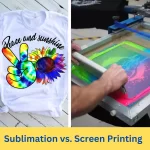Since the world has turned to customization, everybody is fascinated by the innovative printing technique – sublimation! And, if you are planning to bring your creative visions to life on your belongings, you must be wondering what you can sublimate on.
Well, you can sublimate on a lot of different materials, the most common are polyester fabric, ceramic, porcelain, metal, glass, wood, paper and card, vinyl, acrylic, leather, neoprene, etc.
I’ve been using sublimation printing for a few years now, and I’ve sublimated on all of the materials mentioned above. I sublimated a t-shirt for my husband with his favorite sports team logo. He loved it! I also sublimated ceramic mugs with pictures of my kids. It’s now their favorite mugs.
So, if you want to create personalized products, dye sublimation is a great option. Here, I’ll share some of the easy things you can sublimate and give you some tips for getting started.
Contents
What are Sublimation Blanks?
Sublimation blanks refer to specially coated products designed to receive and retain sublimation ink. These blanks act as the canvas for transferring your designs through the dye sublimation process. They are typically made from materials such as ceramic, polyester, metal, glass, wood, acrylic, and more.
Learn if you can sublimate on acrylic, if yes, then how!
Now, you might wonder why these blanks are so important. Well, their purpose is to provide a smooth and receptive surface for the sublimation ink to work its magic.
When you apply heat and pressure, the ink transforms into a gas and penetrates the material’s fibers of the sublimation blank, creating a bond that lasts.
What Can You Sublimate On?
When it comes to sublimation printing, the possibilities are as vast as your imagination! You’ll be amazed by the range of items you can sublimate onto, turning ordinary objects into personalized works of art.
I’ve discovered a wide range of substrates that are perfect for sublimation printing. Here are some of my favorite items to sublimate onto:
1. Polyester Fabric
100% Polyester fabric is a versatile and popular choice for sublimation printing. Its synthetic fibers are designed to absorb sublimation ink to bring out vibrant results. Whether it’s t-shirts, jerseys, hats, or socks, sublimating on polyester fabric yields stunning results that remain vivid even after numerous washes.
The high-quality prints and durability make it ideal for custom apparel, sportswear, and promotional items. Some of the popular sublimation products on polyester fabric include:
- Personalized t-shirts
- Athletic jerseys
- Activewear
- Hoodies
- Pillowcases
- Towels
- Aprons
Learn what color shirts can you sublimate on.
2. Blended Man-Made Fabrics

Learn if you can sublimate on rayon fabric, if yes – then how?
While the polyester component ensures ink absorption and color vibrancy, the other fibers contribute to the fabric’s softness, breathability, and drape.
This makes blended fabrics suitable for a wide range of sublimated garments, including fashion apparel, uniforms, and home textiles.
Examples of sublimation products on blended fabrics are:
- Fashionable dresses
- Comfortable bedding sets
- Stylish uniforms
- Clothes for events
3. Fiberglass

In addition, the lightweight and sturdy nature of fiberglass makes it popular for customized promotional products and high-end consumer goods.
Some of the easy-to-sublimate fiberglass products are:
- Snowboards
- Skateboards
- Surfboards
- Fiberglass keychains
- Coasters
- Wall art
4. Polymer Coated Items
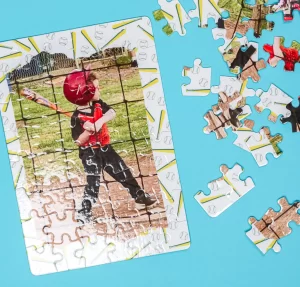
The polymer coating enhances ink absorption, improves color vibrancy, and protects the sublimated design from fading or scratching. This makes polymer-coated items ideal for creating personalized gifts, signage, and promotional items that require both visual impact and durability.
I have sublimated a few polymer coated items, some of them include:
- Keychains
- Puzzles
- Signs (for my doors)
- Dog tags
- Personalized gifts
5. Ceramic and Porcelain

The sublimated images on ceramic and porcelain possess a glossy finish, adding a touch of elegance to your creations. These sublimated products are perfect for personalized gifts, kitchenware, and home decor.
Popular examples of sublimation products in ceramic and porcelain are:
- Customized coffee mugs
- Dinner plates
- Ceramic tiles
- Ornaments
- Coasters
Are you fascinated by printed mugs? Here’s the best way to sublimate a mug at home.
6. Neoprene
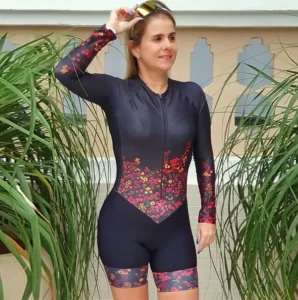
Sublimation on neoprene results in rich designs that retain their vibrancy over time. I have sublimated my mouse pad and a swimsuit with my favorite images on them, they look stunning.
In addition, neoprene sublimated products are also popular for corporate giveaways, event merchandise, and sports-related items (especially swimming).
Examples of sublimation products on neoprene include:
- Can coolers
- Laptop sleeves
- Water sportswear
- Mousepads
- Bottle holders
Here’s how to sublimate on neoprene.
7. Wood
Sublimation on wood surfaces adds a rustic and natural touch to your designs. From wooden signs and photo frames to coasters and cutting boards, wood offers a unique canvas for your creativity.
The wood’s natural grain combined with the vibrant sublimated colors creates a captivating visual effect. Sublimated wood products are perfect for personalized home decor, awards, and commemorative items.
I love the fact that sublimation gives an organic and timeless appeal to wooden items. However, remember that natural wood absorbs a lot of ink, so you might need to pre-treat the wooden blank with some sublimation coating.
The best wooden items you can sublimate on are:
- Wooden signs
- Wood coasters
- Wooden plaques
- Wall art
- Table art
- Wooden cup holder
- Trays
8. Metal and Aluminum
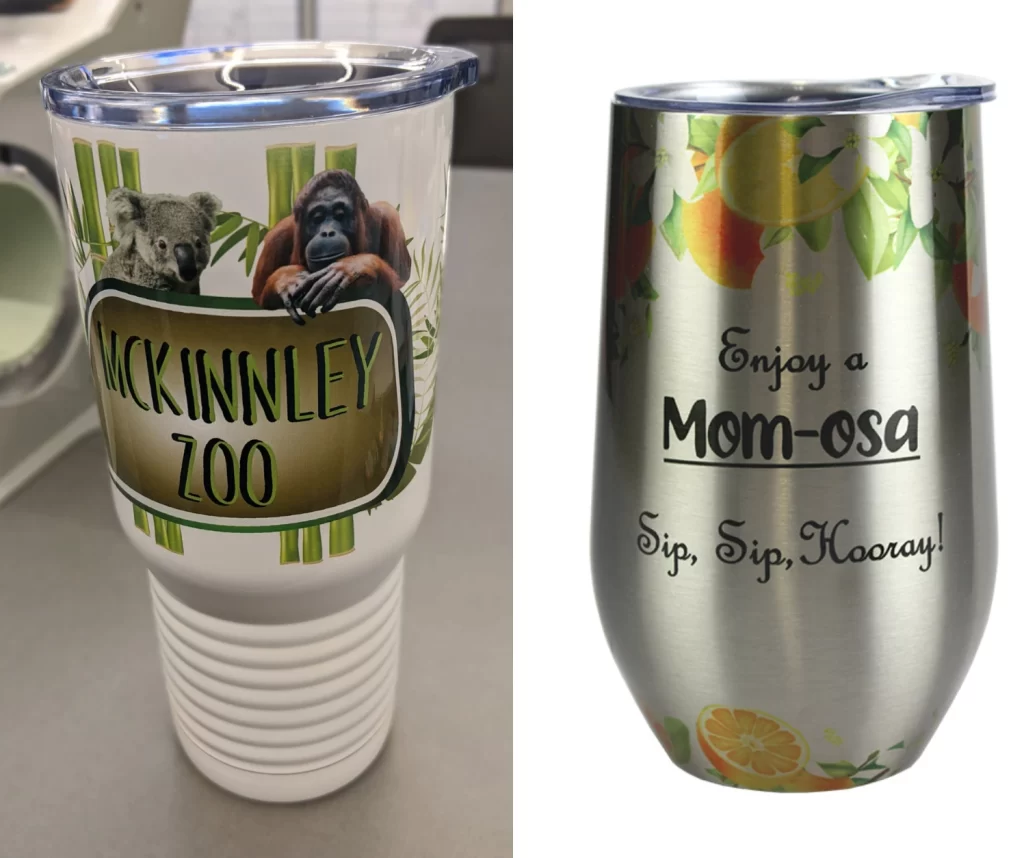
You might have seen some nameplates and printed tumblers, that’s possible with sublimation. I battled a little in the beginning, but then got it right eventually.
Popular products include:
- Nameplates
- License plates
- Tumblers
- Metal keychains
- Photo panels
- Signage
9. Vinyl

Sublimation vinyl can be heat applied to various fabrics and hard surfaces. It is commonly used for:
- T-shirts
- Sportswear
- Fashion apparel
- Vinyl decals
- Personalized home décor
Learn the best way to sublimate on vinyl.
10. Leather
My favorite one – sublimation on leather adds a luxurious and sophisticated touch to your designs. The vibrant prints on the leather create a striking contrast and elevate the overall look.
It requires special techniques and special ink for optimal results due to the porous nature of leather. When sublimated correctly, the ink penetrates the leather’s surface to create a classy product.
Some popular examples of sublimation products on leather are:
- Leather wallets
- Leather keychains
- Stylish leather phone cases
- Journals
- Passport holders
- Key fobs
How about nylon? Learn if you can sublimate on nylon too.
Materials to Avoid Sublimating On
While the possibilities of what you can sublimate seem endless, there are three materials that present distinct challenges. Trust me, I’ve learned some lessons the hard way, and I’m here to save you from those struggles.
Here is a concise explanation of what materials should be avoided when sublimating:
1. Cotton
Yes, we know that cotton is comfy and cozy, but it’s not the best choice for sublimation. Why? Well, cotton fibers don’t have the same affinity for sublimation ink as polyester and other synthetic fibers do.
So, if you try to sublimate on plain cotton, the ink won’t bond properly, resulting in faded, dull prints. It’s like trying to draw on sand – it just won’t stick!
Even if some ink does transfer, it tends to wash out quickly, resulting in a short lifespan for the design. As a result, it’s best to avoid sublimating directly onto cotton fabrics.
2. Dark Surfaces
Ah, dark surfaces, the tricky ones! When it comes to sublimation, dark colors pose a challenge. Sublimation relies on a transparent ink layer that blends with the color of the substrate, allowing the design to shine through. Sublimation inks need a light-colored or white base to showcase their vibrant hues.
If you attempt to sublimate on dark surfaces, the ink won’t stand out, and your designs will be muted. It’s like trying to see stars on a cloudy night – not quite the spectacle you are after!
3. Uncoated Polyester Materials
Now, here’s a sneaky one. Uncoated polyester materials might seem like a good option, but they can give you a run for your money. Without a polymer coating, the ink has nothing to bond to, leading to poor transfer and limited color saturation.
The lack of a protective coating also makes the design vulnerable to fading, smudging, and abrasion. Achieving crisp and durable prints on uncoated polyester is a formidable task, making it advisable to opt for coated or pre-treated polyester surfaces instead.
Conclusion
We have seen that the world of sublimation printing is filled with endless possibilities. By understanding what materials you can sublimate on, such as polyester fabric, ceramics, wood, and more, you can transform ordinary items into vibrant works of art.
Remember to avoid materials like cotton, dark surfaces, and uncoated products, as they present challenges in achieving desired results.
Now, it’s your turn, to start sublimation printing and unleash your creativity.
Frequently Asked Questions
Can you sublimate on jersey material?
Yes, sublimation can be done on jersey material. Jersey is a type of knitted fabric commonly used in sports apparel and activewear. It is typically made from polyester or a blend of polyester and other fibers. The polyester content in the jersey fabric allows for vibrant and long-lasting sublimated prints.
What material can you do sublimation on?
Sublimation works best on materials with a high polyester content. Polyester fabrics, ceramics, metals, wood, and certain polymer-coated items are ideal for sublimation.
What is best to sublimate on?
Polyester fabric is one of the best materials for sublimation. It readily absorbs sublimation ink, resulting in vibrant and durable prints. Other materials like ceramic, wood, and metal also yield excellent sublimation results.
Can you sublimate on any surface?
No, sublimation requires materials with a specialized coating to absorb the ink properly. Not all surfaces are suitable for sublimation.
Can I sublimate on cotton?
Sublimating directly on cotton is challenging because cotton fibers don’t have the same affinity for sublimation ink as polyester does. However, there are special sublimation coatings that you can apply on the surface of the cotton fabric, which will make the garment a good recipient for sublimation dyes.
Can you sublimate on plastic surfaces?
Sublimation on plastic surfaces can be a bit challenging. Most plastics do not have the necessary porous surface to effectively bond with sublimation ink.
However, there are polymer coated plastic materials that have been specially treated to receive sublimation ink. These polymer-coated plastics allow for successful sublimation printing by providing a surface that can absorb and retain the ink.
- 5 Best 13×19 Sublimation Printer for Wide Format Substrates - December 27, 2023
- Best 11×17 Sublimation Printer to Print Tabloid Size Paper - December 26, 2023
- Epson ET-8550 vs ET-15000: Best Wide-Format EcoTank Printer - December 25, 2023


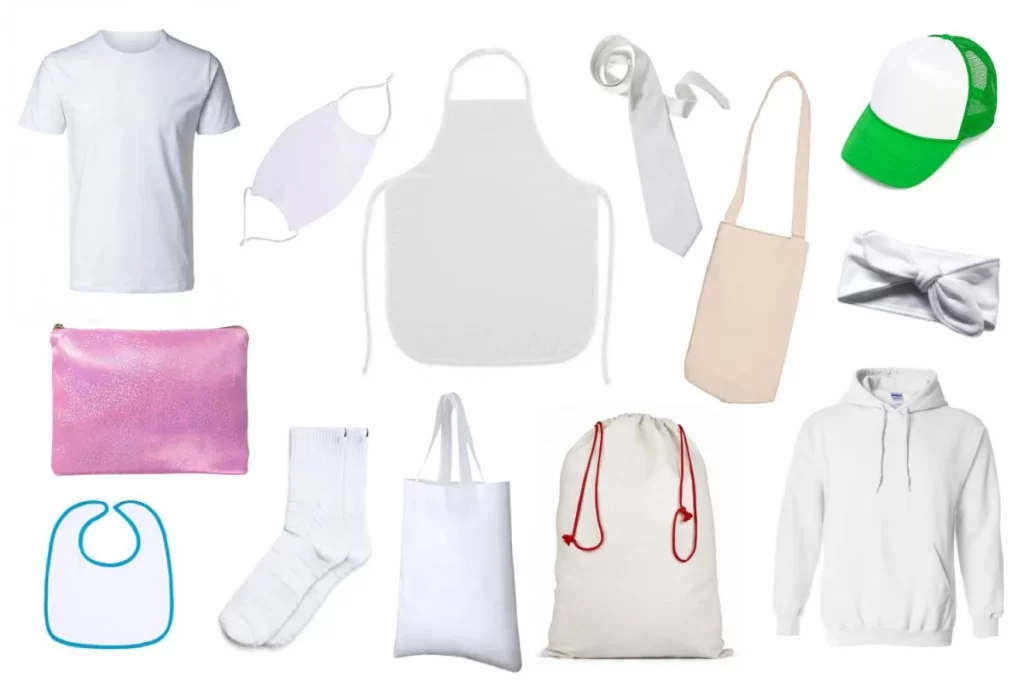
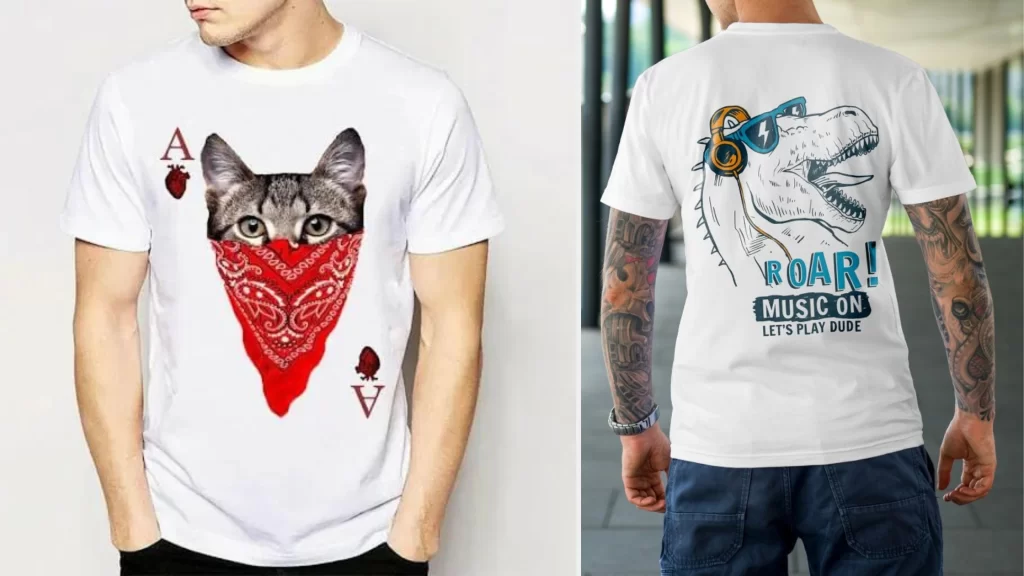
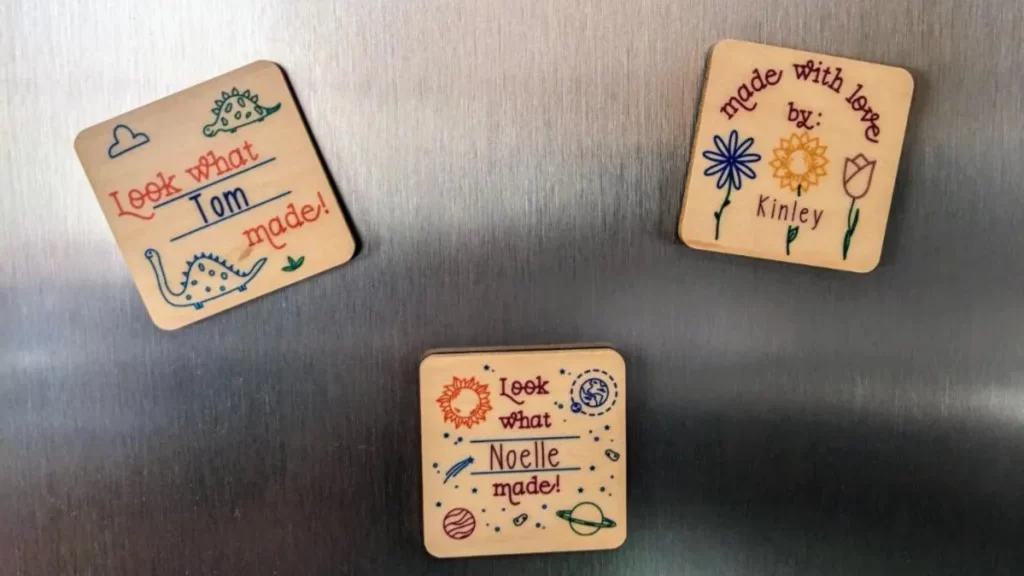
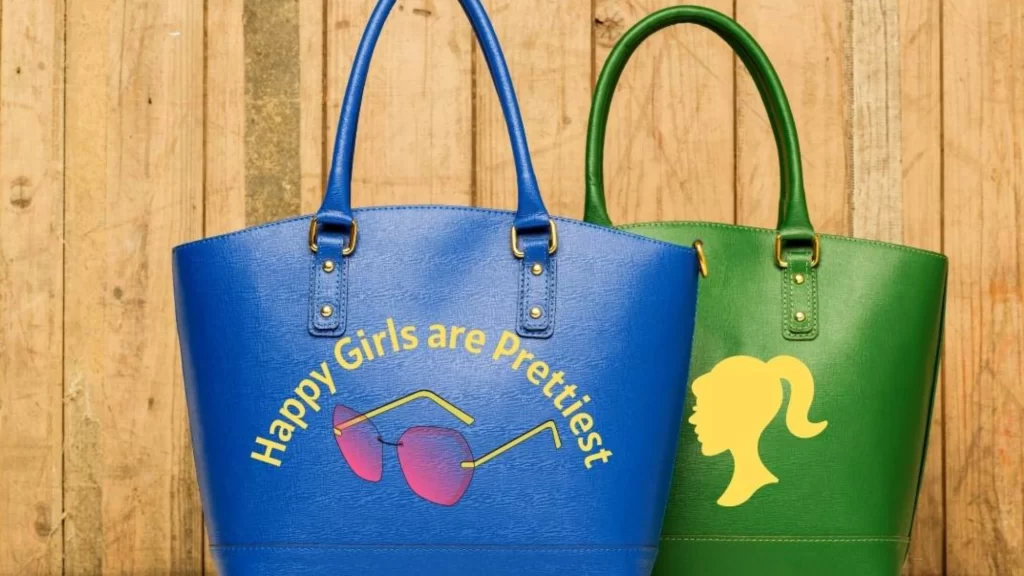

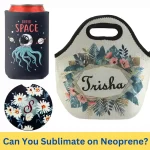
![Sublimation on Leather Products [Guide for Best Results] can you sublimate on leather](https://subliprinting.com/wp-content/uploads/2023/07/can-you-sublimate-on-leather-150x150.webp)

